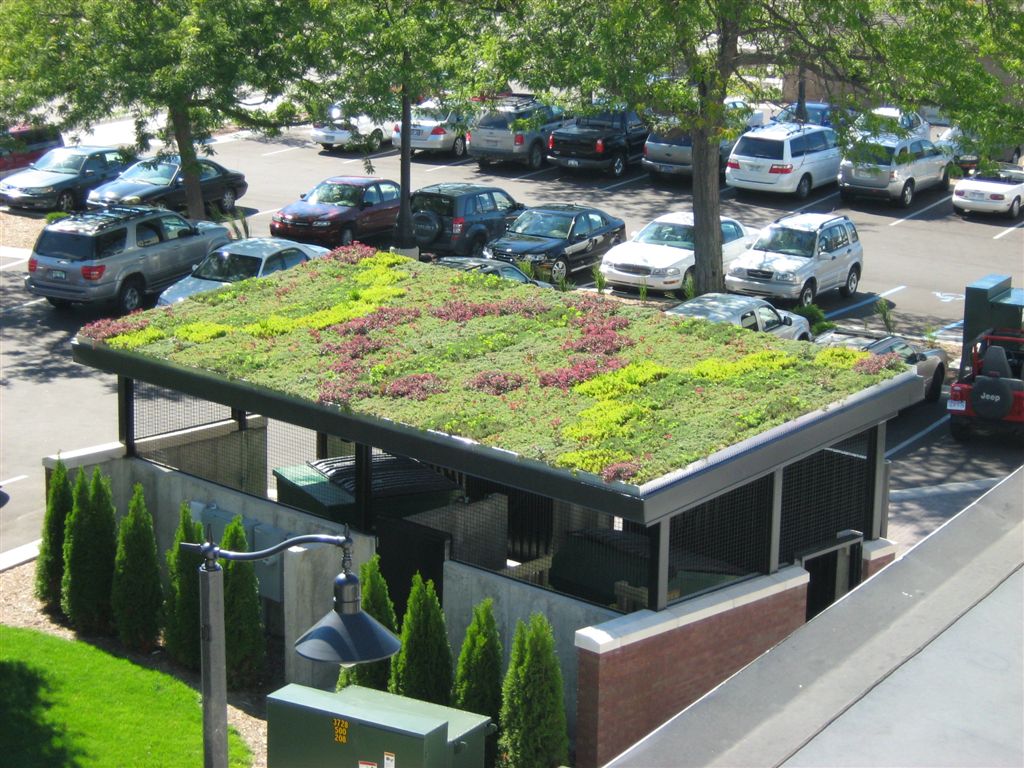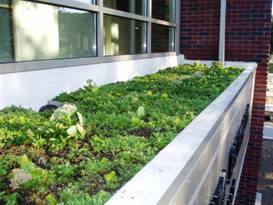America’s Historical and Cultural Organizations grants support projects in the humanities that explore stories, ideas, and beliefs that deepen our understanding of our lives and our world. The Division of Public Programs supports the development of humanities content and interactivity that excite, inform, and stir thoughtful reflection upon culture, identity, and history in creative and new ways. Grants for America’s Historical and Cultural Organizations should encourage dialogue, discussion, and civic engagement, and they should foster learning among people of all ages. To that end, the Division of Public Programs urges applicants to consider more than one format for presenting humanities ideas to the public.
Planning grants are available for projects that may need further development before applying for implementation. This planning can include the identification and refinement of the project’s main humanities ideas and questions, consultation with scholars in order to strengthen the humanities content, preliminary audience evaluation, preliminary design of the proposed interpretive formats, beta testing of digital formats, development of complementary programming, research at archives or sites whose resources might be used, or the drafting of interpretive materials.
Planning grants may be used for:
meetings with scholars and other content advisers, program partners, and representatives of target audiences or other key personnel involved in the project;
preliminary audience evaluation and beta testing of digital materials;
travel to archives, collections, sites, or other resources;
drafting of text for program or discussion guides, exhibition labels, brochures, publications, or other interpretive materials;
preliminary design for any of the interpretive formats to be used;
general preparation of the associated programs and materials for dissemination; and
planning for training for docents, discussion coordinators, or other relevant interpretive leaders for the project.
Planning grants may not be used for
single-site temporary exhibitions;
purchase of art, artifacts, or collections;
professional development;
expenses for program venues in foreign countries;
dramatic adaptations of literary works;
projects that will satisfy requirements for educational degrees or formal professional training;
programs primarily for students in formal learning environments;
general operations, renovation, restoration, rehabilitation, or construction;
projects primarily devoted to basic background research on a subject, as opposed to actual refinement of interpretive ideas and formats;
projects for preservation, cataloging, or archiving;
projects that seek to persuade participants of a particular political, philosophical, religious, or ideological point of view;
projects that advocate a particular program of social action; or
print publications that are not an integral part of a larger set of interpretive activities for which funding is being requested.
Grants typically provide 50-60% of project costs.
Source: NEH









